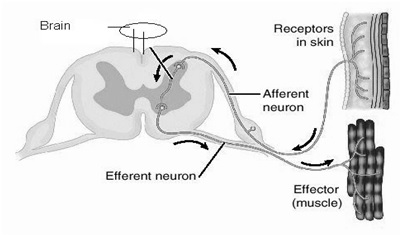Natural Resources and Their Types
Ever since the earth was inhabited, humans and other life forms have depended on things that exist freely in nature to survive. These things include water (seas and fresh water), land, soils, rocks, forests (vegetation), animals (including fish), fossil fuels and minerals. They are called Natural Resources and are the basis of life on earth. In other words –
Resources that exist without actions of humankind are termed as Natural Resources. On earth natural resources include sunlight, atmosphere, water, land (includes all minerals) along with all vegetation, crops and animal life that naturally subsists upon or within the earth.
TYPES OF NATURAL RESOURCES
Natural resources can be categorized as either renewable or non-renewable. These are introduced here separately-
(1)Renewable resources
Renewable resources can be replenished naturally. Some of these resources, like sunlight, air, wind, water, etc., are continuously available and their quantity is not noticeably affected by human consumption.
Though many renewable resources do not have such a rapid recovery rate, these resources are susceptible to depletion by over-use.
Resources from a human use perspective are classified as renewable so long as the rate of replenishment or recovery exceeds that of the rate of consumption. They replenish easily compared to Non-renewable resources.
(2)Non-renewable resources
Non-renewable resources either form slowly or do not naturally form in the environment. Minerals are the most common resource included in this category.
By the human perspective, resources are non-renewable when their rate of consumption exceeds the rate of replenishment or recovery; a good example of this are fossil fuels, which are in this category because their rate of formation is extremely slow (potentially millions of years), meaning they are considered non-renewable.
Some resources actually naturally deplete in amount without human interference, the most notable of these being radio-active elements such as uranium, which naturally decay into heavy metals. Of these, the metallic minerals can be re-used by recycling them, but coal and petroleum cannot be recycled. Once they are completely used they take millions of years to replenish.




